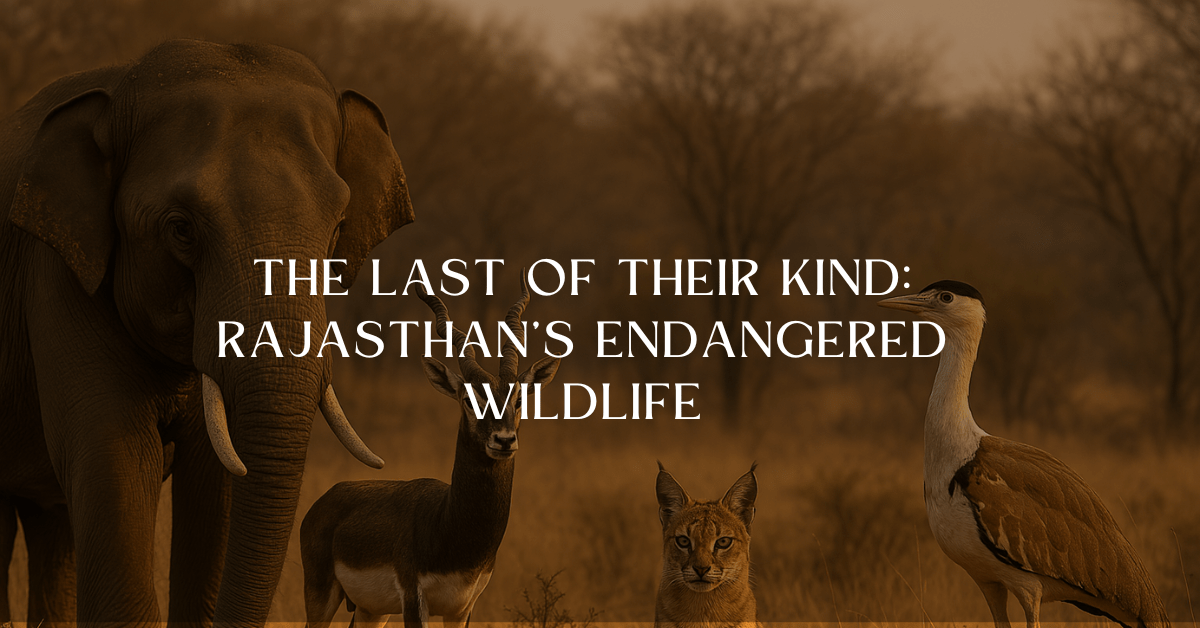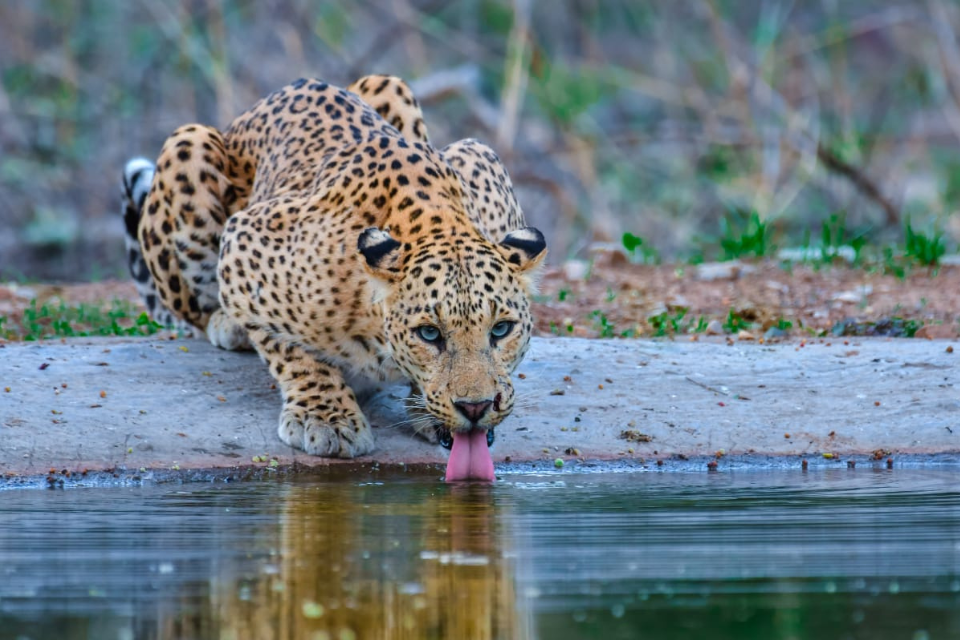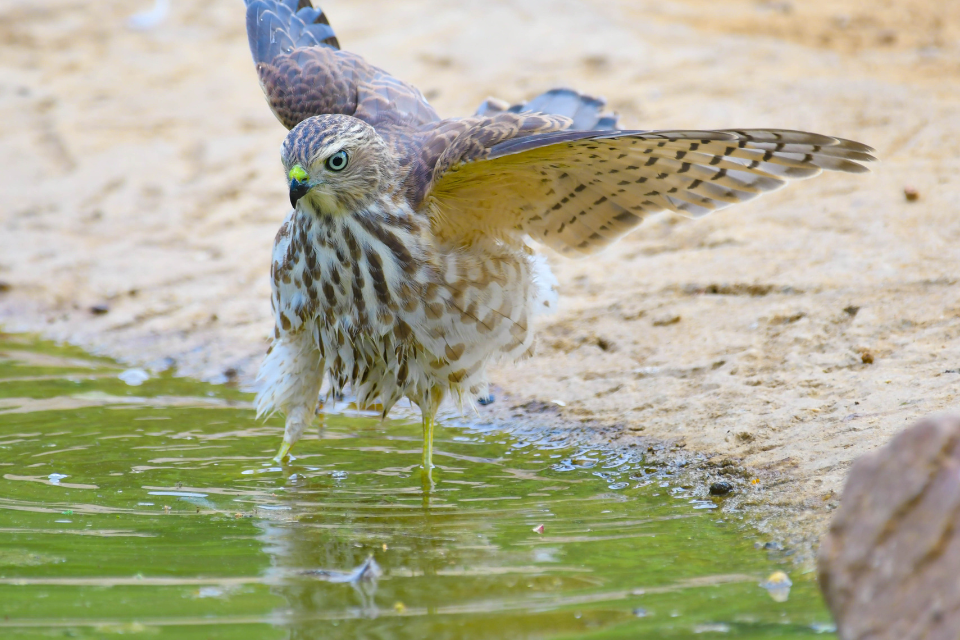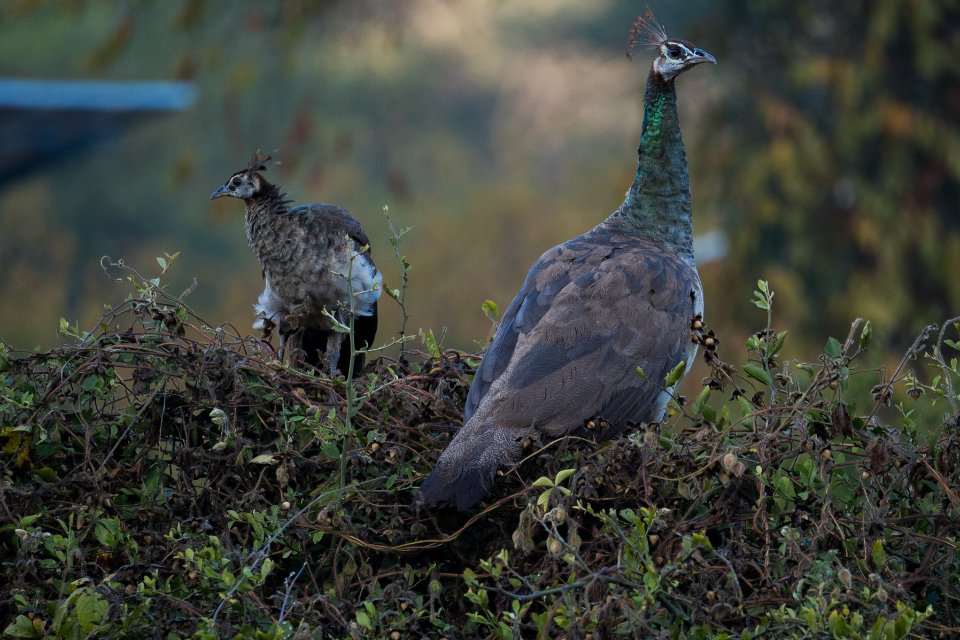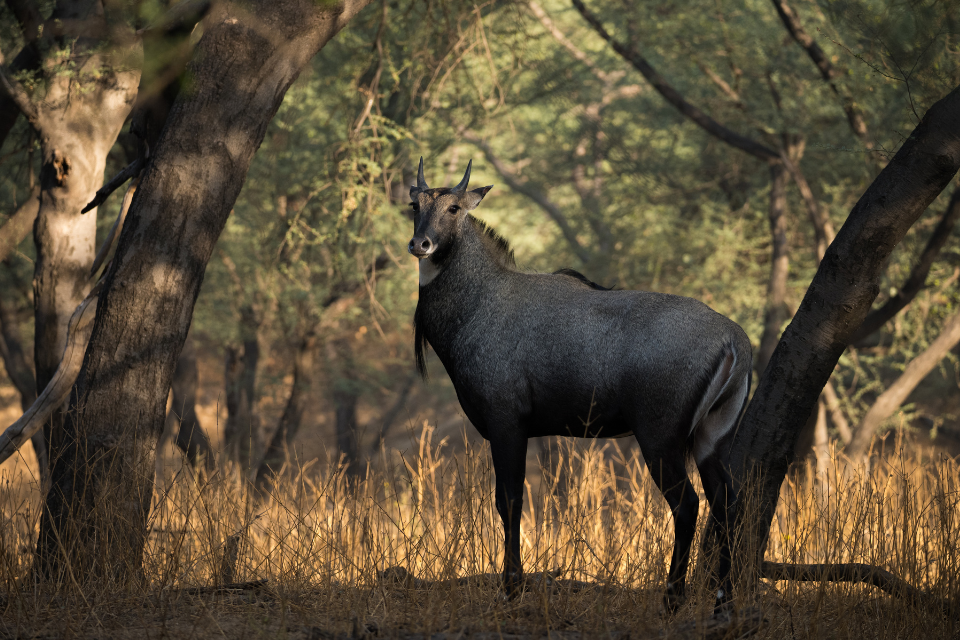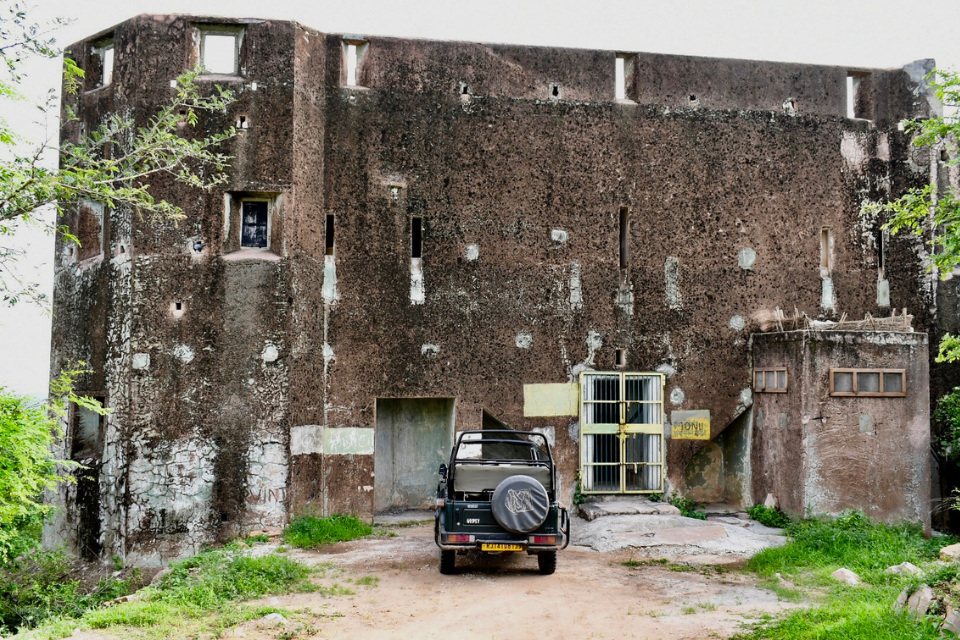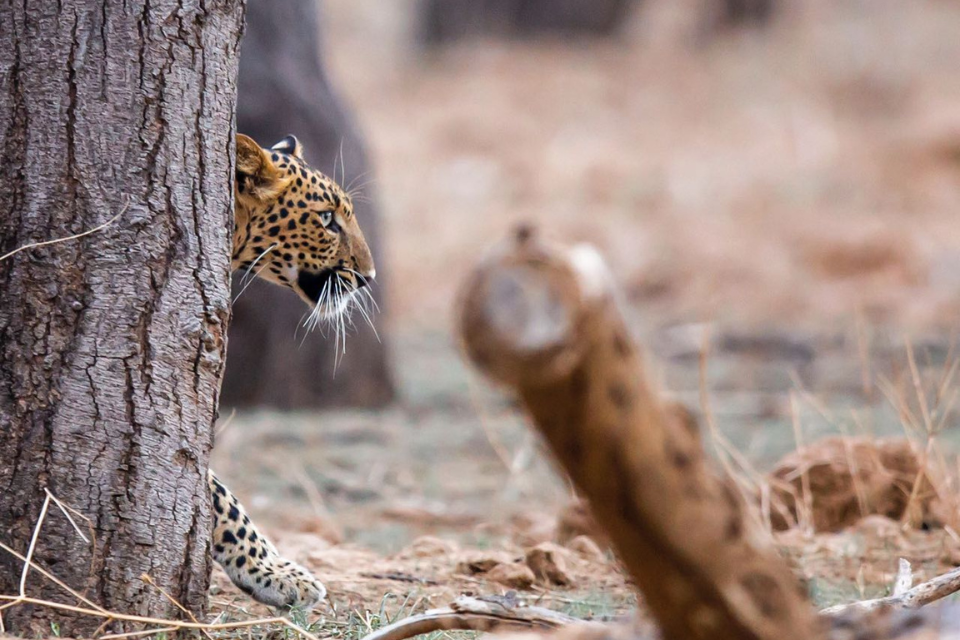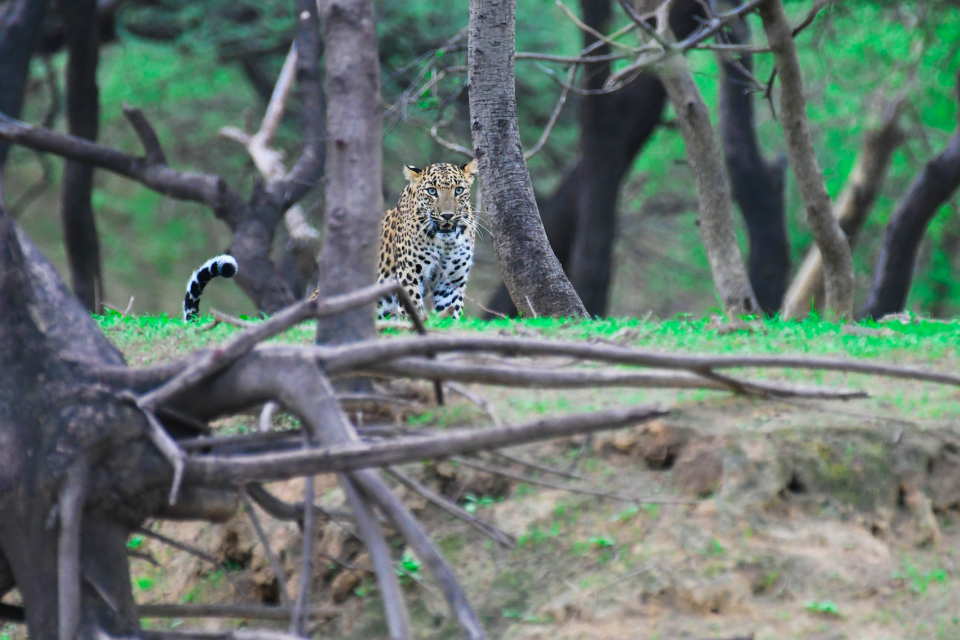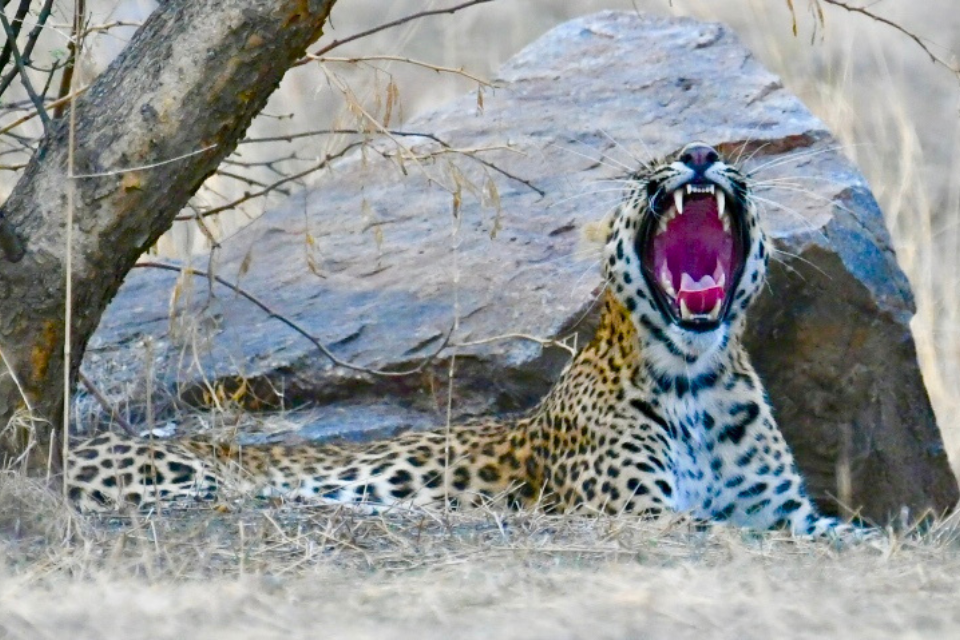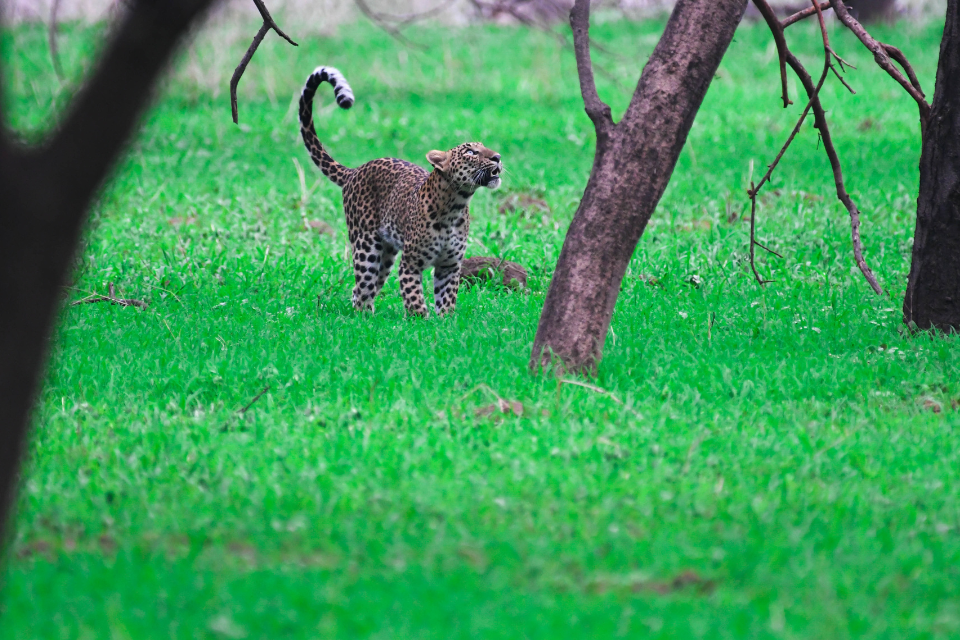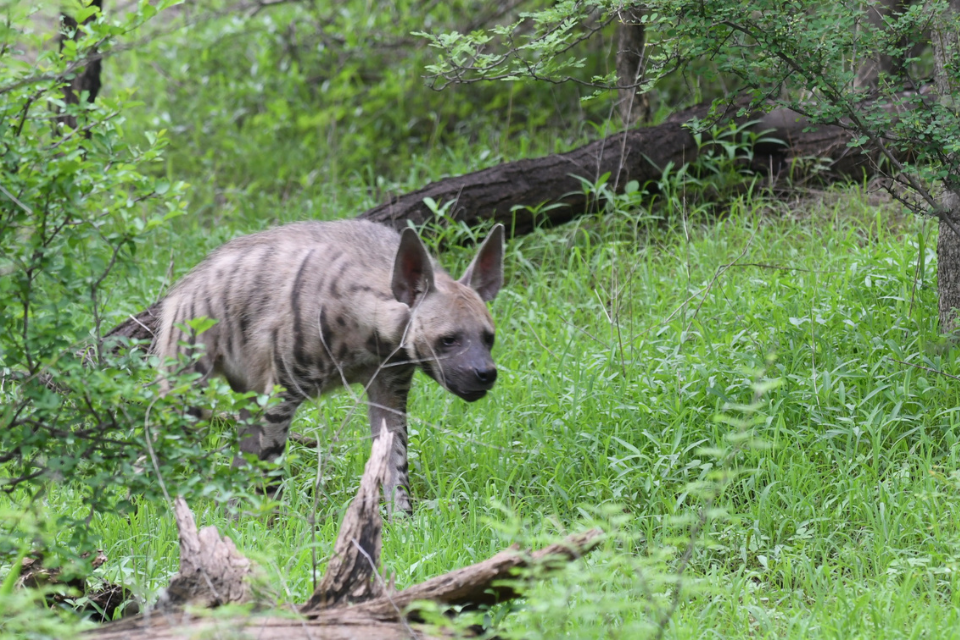- April 16, 2025
The Last of Their Kind: Rajasthan’s Endangered Wildlife
Rajasthan, known for its deserts, forests, and wetlands, is home to some of India’s most iconic yet critically endangered species. From the Great Indian Bustard, which is now on the brink of extinction, to the elusive Caracal and Desert Cat, the state’s wildlife is under severe threat due to habitat destruction, poaching, and climate change.
Despite conservation efforts, many of these species are fighting for survival, making Rajasthan one of the last strongholds for some of India’s rarest animals. Let’s explore the endangered wildlife of Rajasthan, their threats, and what we can do to save them.
- Great Indian Bustard – The Most Endangered Bird in India
📌 Scientific Name: Ardeotis nigriceps
📌 Status: Critically Endangered (Fewer than 150 left in India)
📌 Best Place to See: Desert National Park, Jaisalmer
✔ One of the heaviest flying birds in the world, weighing up to 15 kg.
✔ Rajasthan holds 90% of India’s remaining population.
✔ Threats: Habitat loss, hunting, and deadly collisions with power lines.
🚀 Conservation Efforts:
- Breeding programs in Desert National Park.
- Underground power lines initiative to prevent collisions.
- Increased patrolling to stop poaching.
🚀 Fun Fact: The Great Indian Bustard was once a strong contender for India’s national bird, but the title went to the peacock.
- Caracal – Rajasthan’s Vanishing Wild Cat
📌 Scientific Name: Caracal caracal
📌 Status: Endangered in India
📌 Best Place to See: Ranthambore, Kumbhalgarh, Jaisalmer
✔ A medium-sized wild cat known for its long, black-tufted ears.
✔ Expert hunter, capable of leaping 10 feet in the air to catch birds.
✔ Threats: Habitat destruction, poaching for its fur, and conflict with farmers.
🚀 Conservation Efforts:
- Caracal population monitoring in protected areas.
- Ban on illegal wildlife trade of its fur.
🚀 Fun Fact: The Caracal is known as the “Desert Lynx”, though it is not a true lynx species.
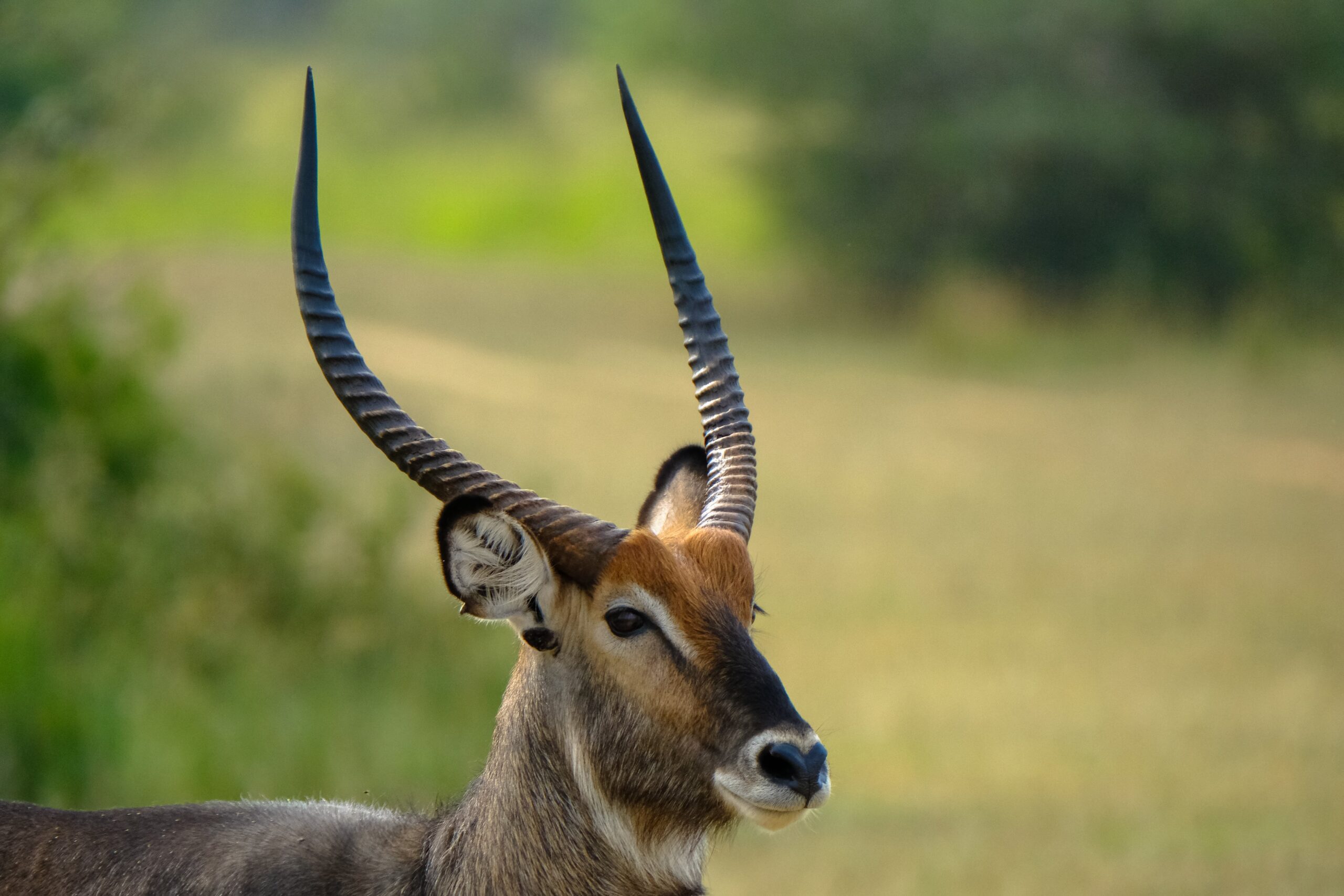
- Blackbuck – India’s Fastest Antelope
📌 Scientific Name: Antilope cervicapra
📌 Status: Near Threatened
📌 Best Place to See: Tal Chhapar, Sorsan, Jodhpur
✔ Males have spiral horns and a striking black-and-white coat.
✔ Can run at speeds of up to 80 km/h, making it one of India’s fastest animals.
✔ Threats: Habitat loss, poaching, and road accidents.
🚀 Conservation Efforts:
- Blackbuck breeding programs in Rajasthan’s sanctuaries.
- Strict anti-poaching laws protecting Blackbucks.
🚀 Fun Fact: Blackbucks were once hunted by Maharajas and British officers but are now legally protected.
- Indian Wolf – Rajasthan’s Silent Predator
📌 Scientific Name: Canis lupus pallipes
📌 Status: Endangered in India
📌 Best Place to See: Kumbhalgarh, Sorsan, Desert National Park
✔ Smaller and leaner than the Grey Wolf, but just as skilled at hunting.
✔ Unlike tigers or leopards, wolves hunt in packs and rely on teamwork.
✔ Threats: Habitat loss, hunting by farmers, and declining prey numbers.
🚀 Conservation Efforts:
- Protected status under the Wildlife Protection Act.
- Eco-tourism and awareness programs to reduce human-wildlife conflict.
🚀 Fun Fact: Indian Wolves are one of the oldest wolf subspecies, dating back over 400,000 years.
- Desert Cat – The Ghost of the Thar Desert
📌 Scientific Name: Felis lybica
📌 Status: Rare and declining
📌 Best Place to See: Desert National Park, Jaisalmer
✔ A wild cat perfectly adapted to desert life.
✔ Nocturnal and elusive, making sightings extremely rare.
✔ Threats: Habitat loss, illegal hunting, and hybridization with domestic cats.
🚀 Conservation Efforts:
- Studies to understand Desert Cat populations in Rajasthan.
- Strict laws to prevent illegal hunting.
🚀 Fun Fact: The Desert Cat can survive without drinking water for months, getting moisture from its prey.
- Indian Vultures – The Sky Cleaners at Risk
📌 Scientific Name: Gyps indicus, Gyps bengalensis, Gyps tenuirostris
📌 Status: Critically Endangered
📌 Best Place to See: Jaisalmer, Bikaner, Sariska
✔ Vultures prevent disease outbreaks by feeding on animal carcasses.
✔ Their populations declined by 97% due to poisoning from the drug Diclofenac (used in cattle).
✔ Threats: Pesticide poisoning, habitat loss, and food scarcity.
🚀 Conservation Efforts:
- Vulture breeding programs in Rajasthan.
- Ban on Diclofenac to protect vultures.
🚀 Fun Fact: Without vultures, Rajasthan saw a rise in stray dogs and disease outbreaks, proving their importance in the ecosystem.
- Lesser Florican – The Dancing Bird of Rajasthan
📌 Scientific Name: Sypheotides indicus
📌 Status: Critically Endangered
📌 Best Place to See: Shokaliya (Ajmer), Kumbhalgarh
✔ One of India’s rarest and most threatened birds.
✔ Known for its spectacular mating dance, where males leap high into the air.
✔ Threats: Habitat destruction and farming expansion.
🚀 Conservation Efforts:
- Protection of grasslands where Lesser Floricans breed.
- Strict monitoring of their population.
🚀 Fun Fact: The Lesser Florican is called the “Sky Dancer” because of its unique courtship display.
- Indian Pangolin – The Most Trafficked Animal in the World
📌 Scientific Name: Manis crassicaudata
📌 Status: Endangered
📌 Best Place to See: Ranthambore, Sariska
✔ A nocturnal, insect-eating mammal covered in protective scales.
✔ Plays a crucial role in controlling ant and termite populations.
✔ Threats: Illegal hunting for its scales (used in traditional medicine).
🚀 Conservation Efforts:
- Strict anti-poaching laws.
- Increased patrolling in protected areas.
🚀 Fun Fact: When threatened, the Pangolin rolls into a tight ball, making it nearly impossible for predators to attack.
Conclusion: The Urgent Need to Protect Rajasthan’s Wildlife
✔ Many of Rajasthan’s unique species are on the brink of extinction.
✔ Conservation efforts like habitat protection, breeding programs, and anti-poaching laws are helping—but more action is needed.
✔ Eco-tourism and awareness can generate support for these rare animals.
How You Can Help
✔ Visit eco-friendly wildlife sanctuaries and support conservation programs.
✔ Raise awareness about endangered species and their threats.
✔ Report any illegal wildlife trade activities to authorities.
🌍 Which endangered species in Rajasthan fascinates you the most?
Disclaimer All images used in this blog are either sourced from public domain or credited to their respective owners. If you are the copyright holder of any image and wish to request its removal or proper attribution, please contact us at [email protected]
